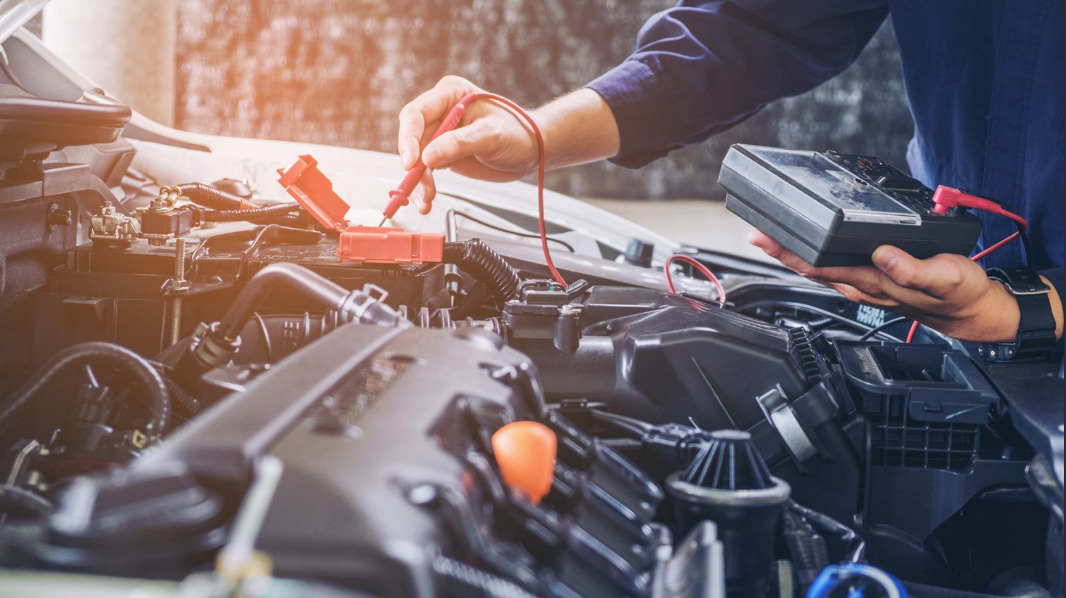How Do Automatic Vehicle Inspection Lanes Vs Traditional Methods?

In today’s fast-paced automotive industry, the integration of advanced technology like Automatic Vehicle Inspection Lanes (AVILs) is revolutionizing how vehicle maintenance and inspections are conducted. This article explores the key differences between AVILs and traditional inspection methods, shedding light on their respective benefits and implications.
Automatic Vehicle Inspection Lane: Enhancing Precision and Efficiency
Automatic Vehicle Inspection Lanes (AVILs) are automated systems designed to streamline the inspection process in automotive workshops. Using a combination of sensors, cameras, and sophisticated software, AVILs meticulously assess various aspects of a vehicle’s condition, including brakes, suspension, lights, and emissions. This automated approach not only ensures thoroughness but also enhances the accuracy of inspection results.
Traditional Inspection Methods: Manual Processes and Limitations
In contrast, traditional vehicle inspection methods rely heavily on manual labor and visual inspection techniques. Mechanics perform inspections based on their expertise and visual cues, which can vary in accuracy and consistency. This method, while familiar and widely practiced, is susceptible to human error and may overlook subtle mechanical issues that could impact vehicle performance and safety.
Comparing Accuracy and Consistency
One of the primary advantages of AVILs over traditional methods lies in their ability to provide consistent and objective inspection results. By eliminating human variability, AVILs can detect minor mechanical faults that might go unnoticed during manual inspections. This enhanced precision not only improves the reliability of maintenance services but also reduces the likelihood of undetected issues leading to costly repairs or safety hazards on the road.
Efficiency in Time and Cost
AVILs also offer significant efficiency gains compared to traditional methods. While manual inspections can be time-consuming, especially for comprehensive checks, AVILs operate swiftly and can conduct multiple inspections simultaneously. This efficiency translates into reduced labor costs and shorter turnaround times for vehicle inspections, benefiting both automotive businesses and their customers.
Adaptability and Technological Integration
Furthermore, AVILs are adaptable to technological advancements and can be integrated with diagnostic tools and databases for real-time analysis and reporting. This capability allows automotive workshops to stay updated with industry standards and regulatory requirements effortlessly. In contrast, traditional methods may require frequent manual updates and adjustments to keep pace with evolving automotive technologies and inspection criteria.
Customer Satisfaction and Trust
Ultimately, the adoption of AVILs enhances customer satisfaction by providing transparent and detailed inspection reports. Customers appreciate the objectivity and thoroughness of AVILs, which instill confidence in the service provided. By demonstrating a commitment to using advanced technology for vehicle inspections, automotive businesses can strengthen their reputation and build long-term trust with their clientele.
Automated Self-Inspections
The automotive industry now has the option to disregard the traditional approach and opt for automated self-inspections. Self-inspections eliminate the human inspector from the equation altogether by automating the entire inspection process from damage detection to claim assessment. The self-inspection approach entails the customer capturing pictures and videos of the car and uploading them to an AI-driven inspector. Inspektlabs’ AI inspector, for example, analyzes the visuals to generate a comprehensive inspection report.
Conclusion
In conclusion, while traditional vehicle inspection methods have been foundational in the automotive industry, Automatic Vehicle Inspection Lanes represent a significant leap forward in terms of accuracy, efficiency, and customer satisfaction. By leveraging automated systems like AVILs, automotive workshops can elevate their service standards, streamline operations, and ensure vehicles are maintained to the highest standards of safety and performance. As technology continues to evolve, AVILs are poised to play a pivotal role in shaping the future of vehicle maintenance and inspection practices worldwide.
FAQs
How do Automatic Vehicle Inspection Lanes ensure thorough inspections?
Automatic Vehicle Inspection Lanes (AVILs) utilize advanced sensors and cameras to conduct comprehensive assessments of various vehicle components. This technology-driven approach ensures thorough inspections by detecting even minor mechanical issues that might be overlooked in traditional manual inspections.
Are Automatic Vehicle Inspection Lanes cost-effective for automotive businesses?
Yes, AVILs can lead to cost savings in the long run. By reducing labor costs associated with manual inspections and minimizing the risk of undetected issues that could lead to expensive repairs later, AVILs offer a compelling return on investment for automotive businesses looking to optimize their operational efficiency.
Can Automatic Vehicle Inspection Lanes be customized for different types of vehicles?
Absolutely. AVILs are designed to be adaptable and can be customized to accommodate various vehicle types, sizes, and inspection requirements. Whether it’s passenger cars, commercial vehicles, or specialty vehicles, AVILs can be configured with specific inspection protocols to ensure accurate and tailored assessments for each vehicle category.






